The Australian Capital Territory (ACT)’s first Integrated Energy Plan (IEP) 2024-2030 outlines the region’s transition toward meeting its legislated target of zero net emissions by 2045, levelling efforts at its largest emitters, fossil fuel gas (40%) and transport (60%).
To be released at later dates, the IEP Plan 2 (2023-2035) will accelerate the transition outlined in Plan 1 and IEP Plan 3 (2035-2040) will focus on hard-to-transition users, like industry with niche gas needs and begin the decommissioning of gas networks.
Actions under the 2024-2030 IEP include a commitment to electrify all feasible public and community housing by 2030, invest $5.2 million for a pilot to electrify the appliances of households that most need support and offer interest free loans for multi-unit buildings to become electric vehicle (EV) ready.
For fleet operators, rebates of up to $3,000 will be available to install EV chargers and optimal sites for fast EV charging hubs will be verified.
Skills development will be supported through targeted subsidies for priority trades such as the Certificate III in Electrotechnology Technician, and a scoping study done for a Future Energy Skills Hub focussing on electric vehicles to be hosted by the Canberra Institute of Technology.
ACT Minister for Water, Energy and Emissions Reduction Shane Rattenbury said successfully transitioning the ACT off fossil fuel gas will rely on the combined efforts of the entire community over the coming decades.
“Electrification is the cheapest pathway to net zero emissions and delivers the greatest benefits to our community and the Integrated Energy Plan sets a clear pathway for our work to phase out fossil gas, electrify our city and ensure a just transition,” Rattenbury said.
“It prioritises support for the lowest income Canberrans who most need assistance, and it provides targeted support for apartment residents to make the electrification process smoother.”
The IEP Plan 1 outlines bill savings to consumers, saying a household that swaps gas cooking, heating and hot water for efficient electric appliances can save around $735 per year and more with the addition of solar.
Households needing support to transition from gas can take advantage of the Sustainable Household Scheme, which offers loans to electrify homes and forms of transport.
Popular content
A new Community Partnership Electrification Program will be delivered over two years, to support vulnerable and low-income homeowners, which cover upfront costs of energy efficiency upgrades and electrification, for approximately 350 low-income households.
A new Retrofit Readiness program will offer free advice and electrification planning for residents in multi-unit buildings, such as apartments and to help reduce obstacles for apartment residents, the IEP will also deliver strata reform work to identify and resolve regulatory barriers to electrification upgrades in multi-unit buildings.
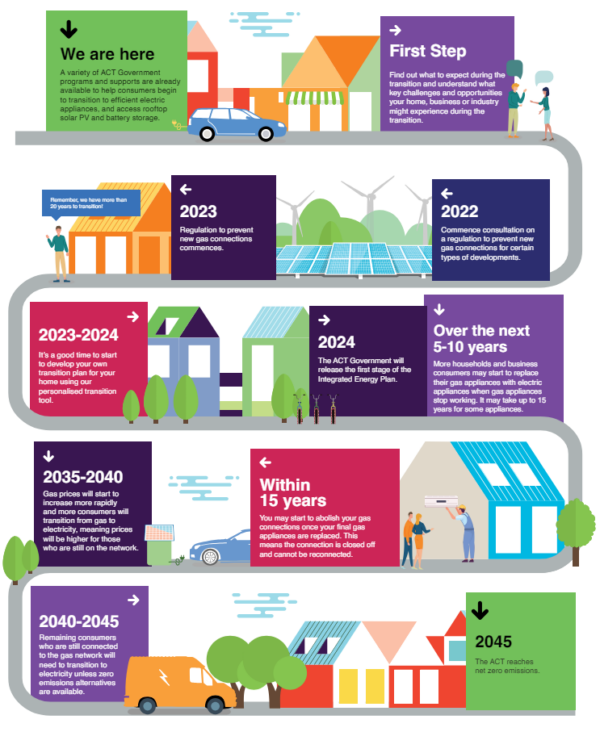
Image: Australian Capital Territory Government
The ACT Government is also updating the ACT Infrastructure Plan, outlining future investments in climate action, energy and environment infrastructure to support greater electricity usage
ACT Chief Minister and Minister for Climate Action Andrew Barr said as Canberra grows towards a city of 500,000 people by 2027, the IEP and Infrastructure Plan supports the city’s future through affordable, clean energy.
“Swapping from gas to electric appliances and investing in energy efficiency will deliver significant bill savings to Canberrans. For the 18,700 households that have already taken up loans under the SHS, to date they have already saved an estimated $43 million on their energy bills,” Barr said.
The ACT moved to 100% renewable electricity from 2020, contracting 640 MW of renewable energy sourced from 159,000 solar panels from the 13 MW Mugga Lane, 7 MW Williamsdale and 20 MW Royalla solar farms in Canberra, and five wind farms in South Australia, Victoria, New South Wales and Queensland through a reverse auction scheme.
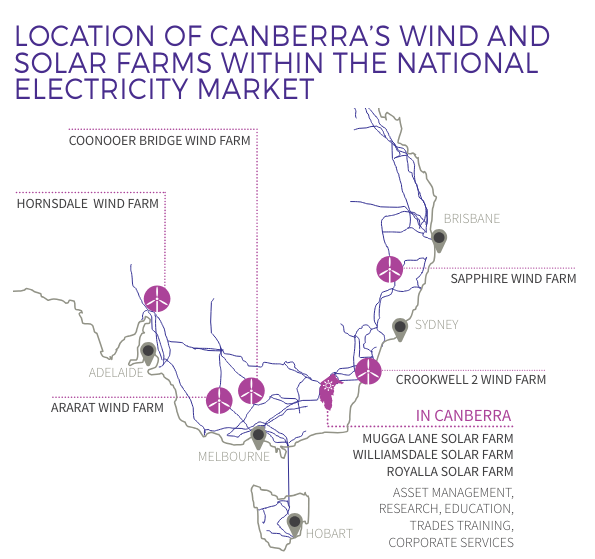
Image: Australian Capital Territory Government
This content is protected by copyright and may not be reused. If you want to cooperate with us and would like to reuse some of our content, please contact: editors@pv-magazine.com.
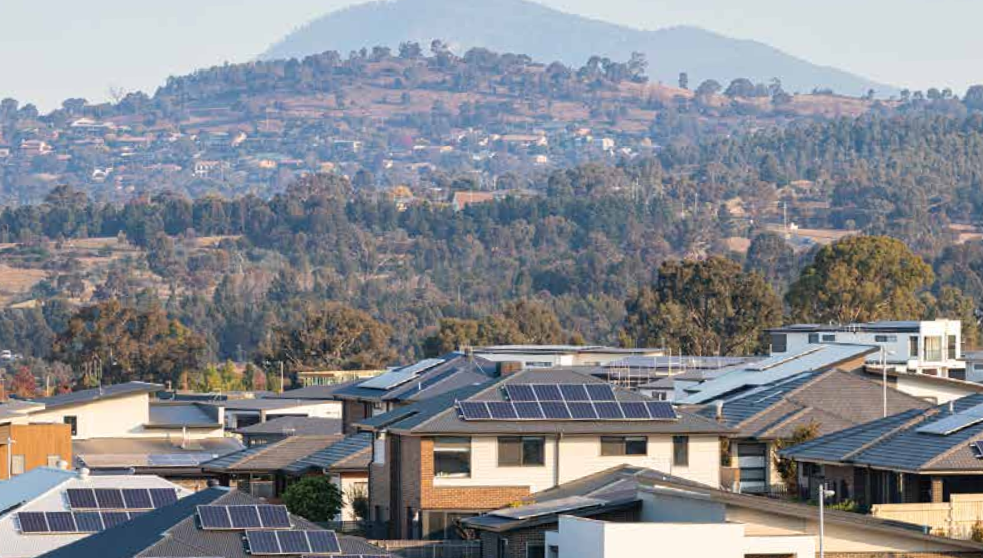



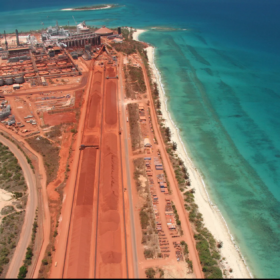
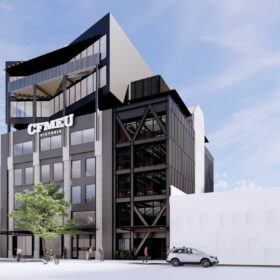
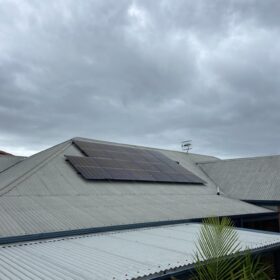
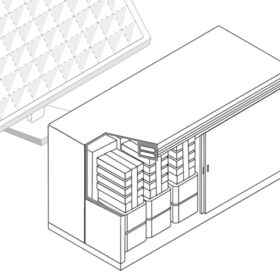
By submitting this form you agree to pv magazine using your data for the purposes of publishing your comment.
Your personal data will only be disclosed or otherwise transmitted to third parties for the purposes of spam filtering or if this is necessary for technical maintenance of the website. Any other transfer to third parties will not take place unless this is justified on the basis of applicable data protection regulations or if pv magazine is legally obliged to do so.
You may revoke this consent at any time with effect for the future, in which case your personal data will be deleted immediately. Otherwise, your data will be deleted if pv magazine has processed your request or the purpose of data storage is fulfilled.
Further information on data privacy can be found in our Data Protection Policy.